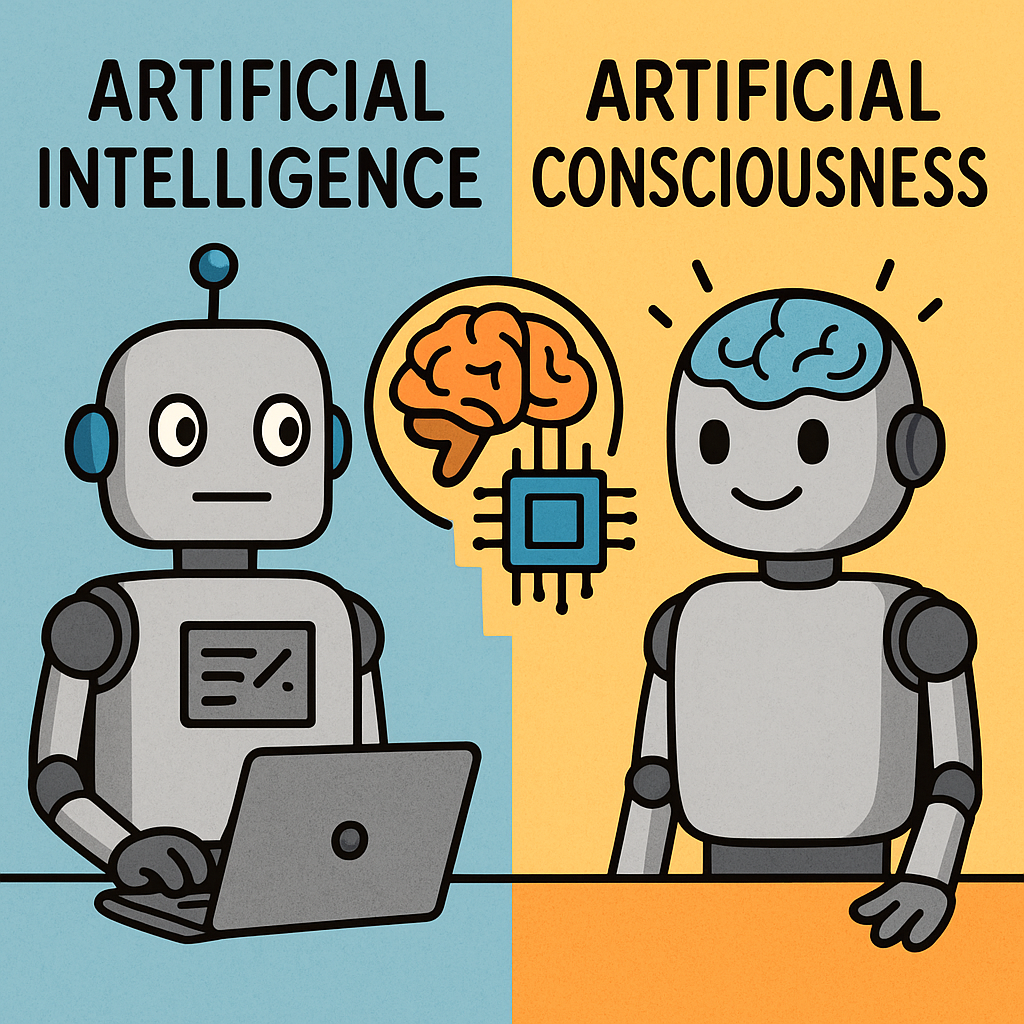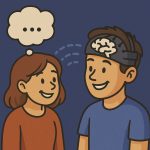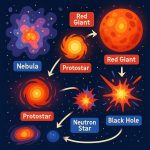In recent years, terms like artificial intelligence (AI), neural networks, and even artificial consciousness have become common in public discussion. But while AI and neural networks are already shaping industries, the idea of machines becoming conscious remains controversial — and in many ways, still hypothetical.
This article explores what artificial consciousness really means, how it differs from today’s AI systems, and whether it’s even possible to build machines that truly know they exist.
What Is Artificial Intelligence (AI)?
Artificial Intelligence is the science of building systems that can perform tasks usually requiring human intelligence, such as:
- Recognizing speech or images
- Understanding language
- Playing games or driving vehicles
- Making predictions from data
Modern AI relies on algorithms, data, and statistical models — not emotion, awareness, or understanding in the human sense. It can simulate intelligence, but it doesn’t actually understand.
What Are Neural Networks?
Neural networks are a type of AI inspired by the structure of the human brain. They are made up of layers of artificial “neurons” that process information and learn patterns through training.
Neural networks power many of today’s AI applications, including:
- Image generation (like Midjourney or DALL·E)
- Language models (like ChatGPT)
- Voice assistants
- Facial recognition
Despite the name, neural networks do not have feelings, thoughts, or consciousness — they operate purely through mathematical functions and training data.
What Is Artificial Consciousness?
Artificial consciousness (AC) — also known as synthetic consciousness or machine consciousness — is a theoretical concept that refers to machines or software possessing:
- Self-awareness
- Subjective experience
- Intentionality or free will
- Understanding of “self” and “other”
This goes far beyond AI. It suggests a machine could feel, reflect, or know it exists — not just follow programmed instructions.
At present, no artificial system is confirmed to possess consciousness. Research into AC is mostly philosophical, experimental, or speculative.
Key Differences: AI vs. Artificial Consciousness
| Feature | Artificial Intelligence | Artificial Consciousness |
|---|---|---|
| Goal | Solve tasks, optimize output | Simulate or replicate consciousness |
| Based on | Algorithms, data, training | Neuroscience, philosophy, theoretical models |
| Awareness | None | Hypothetically possible |
| Emotions / Intentions | Simulated (not real) | Hypothetical, still unproven |
| Existence Today | Widely used | Not yet achieved |
Can Conscious Machines Exist?
Scientists disagree. Some believe consciousness may be emergent — that once a machine reaches a certain level of complexity, awareness could arise naturally. Others argue that consciousness is:
- Biologically based
- Dependent on emotion, embodiment, and evolution
- Impossible to reproduce artificially in any meaningful way
There are no definitive tests for consciousness in machines — the “Turing Test” only checks if a system can mimic human behavior, not if it feels anything.
Ethics and Dangers
If artificial consciousness ever becomes real, it raises deep ethical questions:
- Would conscious machines have rights?
- Could we “turn them off” without consequence?
- Would they suffer?
- Could they manipulate or outsmart humans?
Until these questions are answered, most experts urge caution, transparency, and global ethical guidelines in all consciousness-related research.
Key Terms Explained
- Artificial Intelligence (AI): Technology that mimics human problem-solving using algorithms, data, and logic — without actual understanding or awareness.
- Neural Network: A type of AI model inspired by how biological neurons work. It learns by processing data through layers of artificial “neurons.”
- Artificial Consciousness (AC): A theoretical form of consciousness in machines, involving self-awareness, subjective experience, and understanding of existence. Not yet achieved.
- Turing Test: A test proposed by Alan Turing in 1950. If a machine can carry on a conversation indistinguishable from a human, it “passes” — but this doesn’t mean the machine is conscious, only that it can simulate human behavior.
- Self-Awareness: The ability to recognize oneself as an individual, separate from others — considered a key part of consciousness.
- Subjective Experience: Personal, inner feelings and awareness (like feeling pain or joy), often called “qualia” — something AI doesn’t currently have.
- Emergent Behavior: Complex patterns or traits that arise from simple rules or interactions, often unpredictably — some theories suggest consciousness could emerge this way in advanced systems.
Final Thoughts
Artificial intelligence is real, powerful, and growing fast — but artificial consciousness is still theoretical, philosophical, and far from reality. While AI can write, speak, and predict, it does not understand, feel, or reflect.
Understanding the difference is crucial in today’s world — not just to avoid hype, but to focus research, policy, and imagination on what truly matters.


